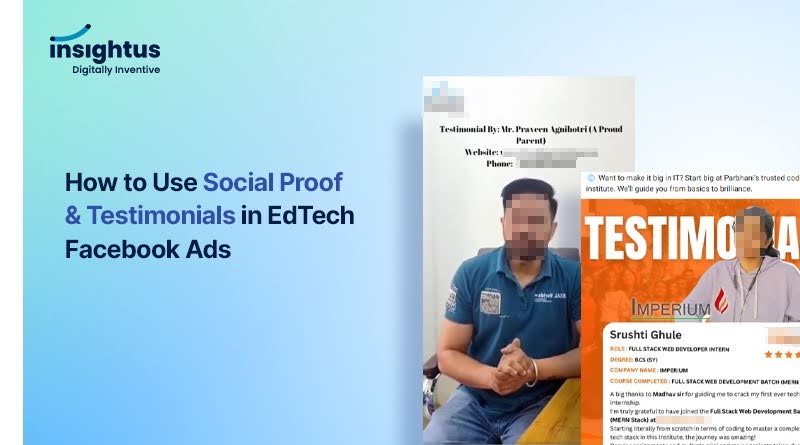
In today’s competitive EdTech landscape, marketing professionals and business owners are constantly looking for effective, practical ways to attract and convert students. One proven method that consistently works across Facebook and Instagram is the use of social proof and testimonials. When used right, these strategies not only increase trust but also reduce your cost per lead (CPL) and improve overall campaign performance.
In this blog, we’ll explore research-based and recent strategies on how to use social proof in EdTech Facebook Ads to drive enrollments, build trust, and grow your brand. Plus, we’ll show you how Insightus Digital can help you implement these tactics with precision.
1. What is Social Proof and Why It Matters in EdTech Facebook Ads
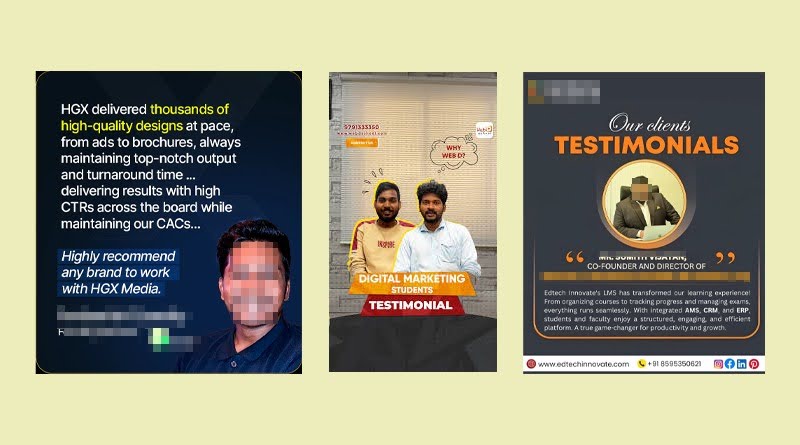
Social proof is the idea that people follow the actions of others. In EdTech, it can be powerful because potential students trust the experiences of past learners. Reviews, testimonials, ratings, and case studies reassure prospective students that your course delivers results.
According to a study by BrightLocal, 77% of people trust online reviews as much as personal recommendations. In the EdTech space, that number may be even higher, especially when decisions involve career or education goals.
By using social proof in your Facebook Ads, you’re giving your audience the confidence to act.
2. 3 Types of Testimonials That Work Best in EdTech Facebook Ads
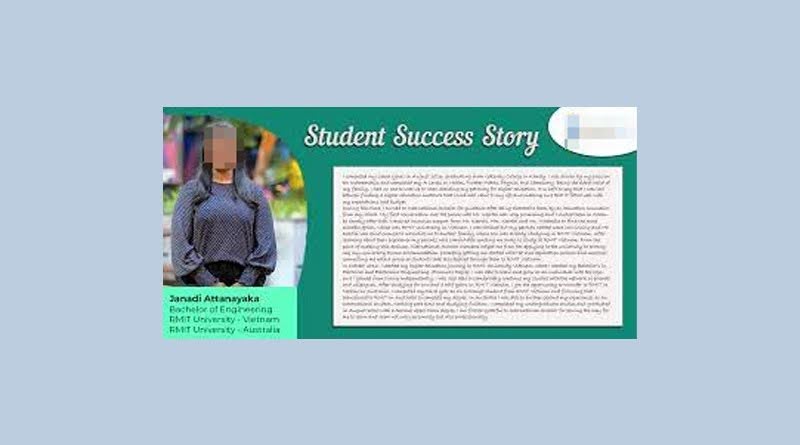
Testimonials work, but not all are created equal. Here are three types that work best for education businesses:
a) Student Success Stories Highlight real learners who saw success—be it a job placement, exam results, or improved skills.
- Example: “I cracked NEET with a 98 percentile thanks to XYZ Academy.”
- Place this quote in Carousel Ads or as text in a Video Testimonial.
b) Industry Expert Endorsements Having a known coach, mentor, or subject expert vouch for your course adds credibility.
- Example: “As a hiring manager, I trust candidates who come from ABC Tech Bootcamp.”
c) Star Ratings and Review Snippets Quick and effective. Use a creative that says “Rated 4.8/5 by 5,000+ learners.”
- Works great in retargeting ads or for top-of-funnel awareness.
These testimonials can be used across ad formats like Image Ads, Carousel Ads, and Stories, each reinforcing trust.
3. Where to Place Testimonials in Facebook Ad Campaigns
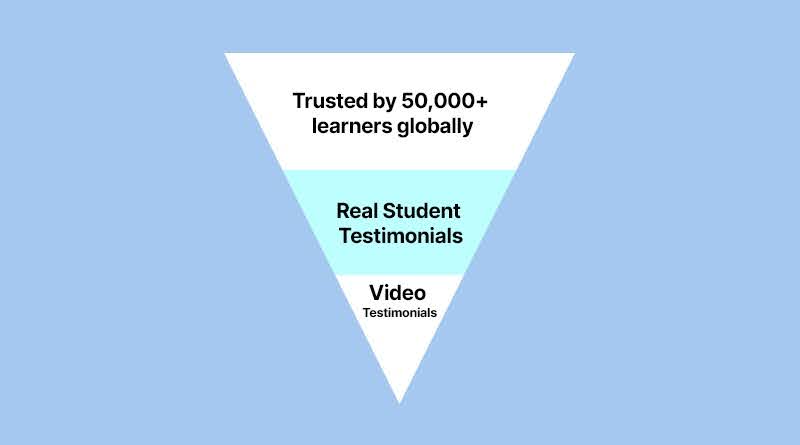
Here’s where testimonials are most effective:
Top of Funnel (Awareness)
- Highlight peer reviews to build brand awareness.
- Example: “Trusted by 50,000+ learners globally.”
Middle of Funnel (Consideration)
- Show real student feedback with images and names.
- Use Carousel Ads with different testimonials per card.
Bottom of Funnel (Conversion)
- Use video testimonials to remove last-minute doubts.
- Pair them with limited-time offers or bonus access.
4. How to Collect Quality Testimonials for EdTech Ads
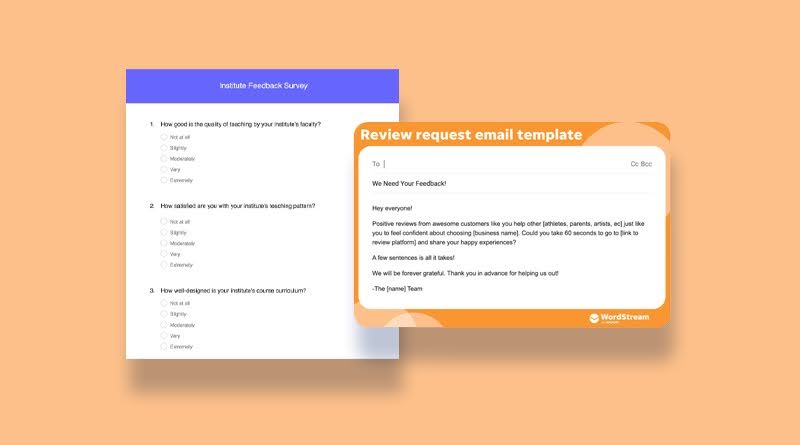
Don’t wait for students to come to you with praise. Be proactive:
- Send feedback surveys post-course.
- Use WhatsApp or email to collect reviews with names and images.
- Offer small incentives for video testimonials.
Make sure to get permission to use these in ads. Also, keep the testimonials short, personal, and benefit-driven.
5. 4 Facebook Ad Formats That Showcase Testimonials Best
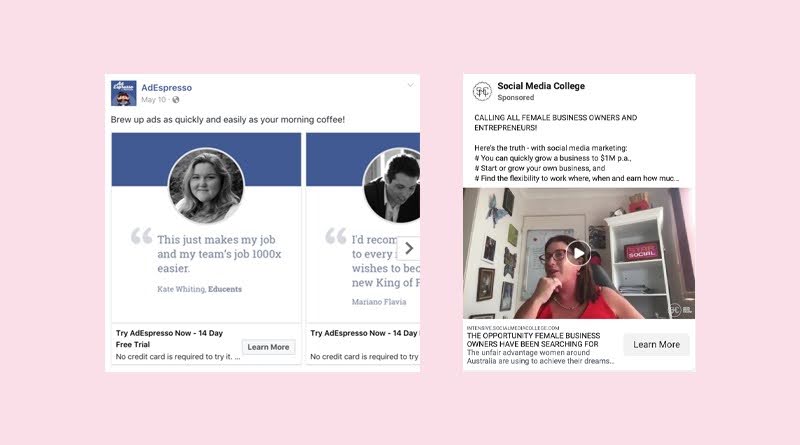
Here are the top formats for Facebook Ads in EdTech that make the most of testimonials:
a) Carousel Ads Show 3–5 testimonials in one go. Use headlines like “Real Stories, Real Results.”
b) Video Ads A 30-second video of a student speaking about their journey performs well.
c) Story Ads Use a single student review on a clean background with animated text.
d) Collection Ads Use a combination of visuals, testimonials, and call-to-action to drive course sign-ups.
6. The Power of Retargeting With Testimonials
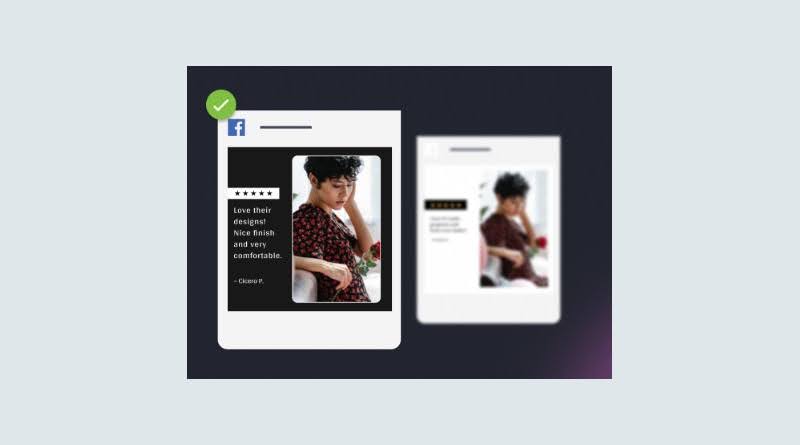
Many people click but don’t convert. That’s where retargeting comes in.
Use dynamic product ads (DPA) or custom audiences to serve testimonial-focused ads to those who:
- Visited the course page but didn’t enroll.
- Added to cart but dropped off.
Show them a familiar face or a student review to re-build trust and increase conversions.
Want help setting this up? At Insightus Digital, we specialize in using retargeting strategies for EdTech brands.
7. A/B Testing Social Proof in Facebook Ads

To get the best performance, test variations:
- One ad with student quote vs. one without
- Image ad vs. carousel ad with 3 testimonials
- Video testimonial vs. written review
Track which version gives you lower CPL (Cost per Lead) and higher conversions.
8. Real Example: How Testimonials Lowered CPL for an EdTech Brand

We worked with a coding bootcamp that was struggling with high lead costs. By introducing testimonial-based ads, we:
- Reduced CPL by 35% in 4 weeks
- Increased CTR by 42%
- Improved conversion rate from lead to sign-up by 28%
The testimonials focused on real student placements and satisfaction.
If you’re facing similar challenges, we can help. Get in touch with Insightus Digital for a free consultation.
9. Compliance & Transparency When Using Social Proof
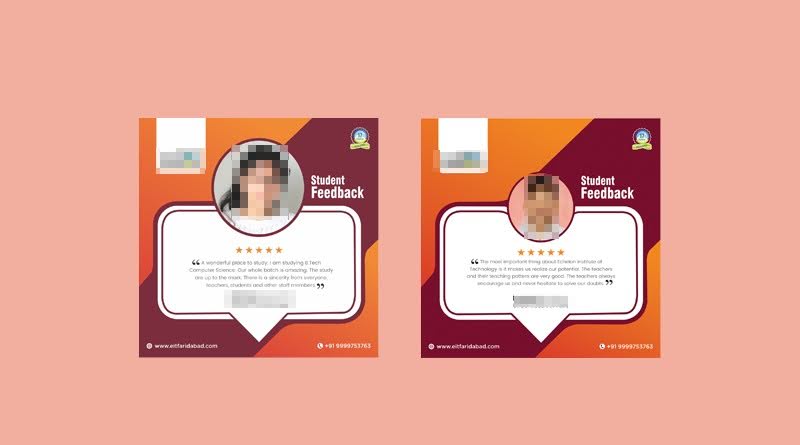
When using social proof in Facebook Ads, be transparent:
- Use real student names and photos (with permission).
- Avoid exaggerations.
- Always back claims with evidence or case studies.
This not only builds trust but also keeps your ads compliant with Meta’s ad policies.
10. Final Thoughts: Build Trust First, Then Scale

Social proof is not a gimmick, it’s a strategy. When done right, testimonials in EdTech Facebook Ads can:
- Improve brand credibility
- Lower acquisition costs
- Boost enrollments
If you’re an EdTech business owner or marketing professional looking for a practical approach to Facebook Ads, start with social proof.
👉 At Insightus Digital, we help EdTech brands craft ad campaigns that convert using real data, tested copy, and compelling visuals.

